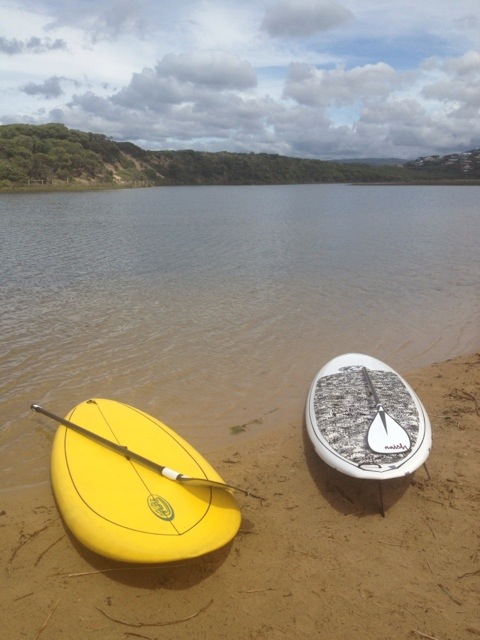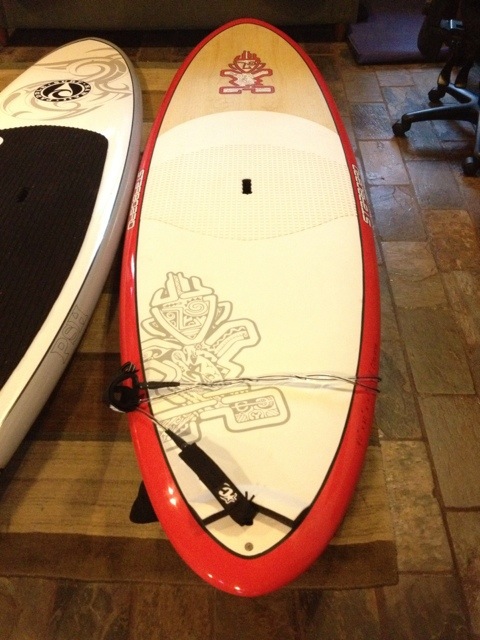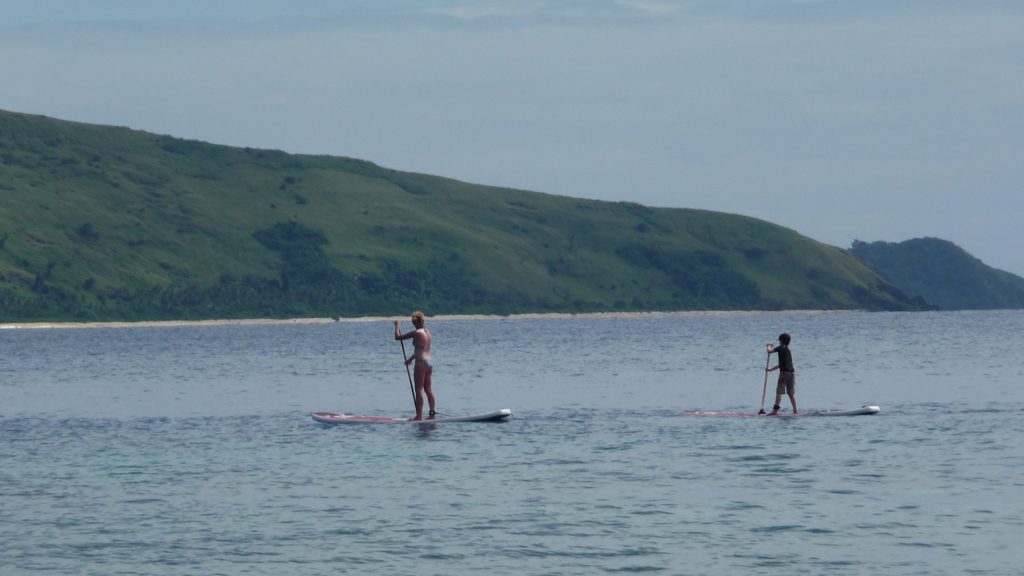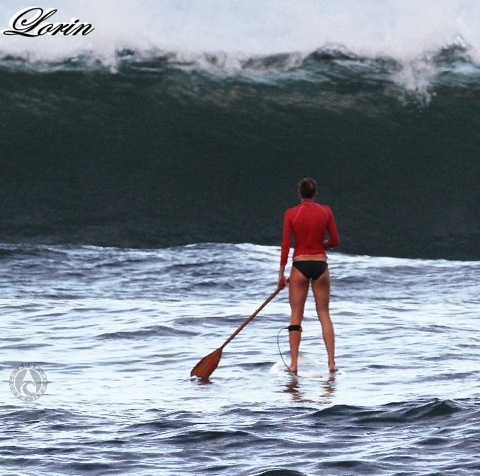The social spread of SUP’ing
Stand Up Paddle boards (aka SUP) are growing in popularity and I am a self confessed enthusiast. I’d love to see the growth numbers of this past time … it must be staggering.
What is abundantly clear is the social nature of their spread and uptake. We got into SUP’ing because friends introduced us … actually they spruiked it like salespeople and we caught on 18 months ago. We now have 3 boards in our quiver and get out in the surf and river at the least 3 times a week.
Ingrid (my wife) & Griffin (eldest son) SUP’ing over coral reefs in Fiji last yearI have noticed how much people are talking about SUPs and SUPper’s. Those who don’t surf are intrigued and wonder if it’s is easier or harder than traditional surfing. They ask loads of questions at the surf breaks. Surfers are a mixed bag but most look down their noses at anyone on a Stand Up Paddle board. Some see it as a danger – as many SUPper’s have no idea how to control their big, heavy boards. Some surfers fear that too many SUPs on the waves will just add to the crowds – I share this concern because I do both.
The SUP Board has become a remarkable Social Object – it is the object of people’s attention and get’s ‘remarked’ on everywhere I go. The practice of paddling these versatile craft is also highly visible – When you look down the coast, SUPPer’s stand out above everyone else. A group of SUP’pers on the same break identify with each other and tend to talk and share waves – we have formed a tribe who share a single passion.
Quite apart from the pure enjoyment and relaxation that comes from paddling these craft, the physical benefits are quickly apparent. When you use the right technique, paddling in the standup position is an amazing core workout. It builds muscle quickly and, in the surf, is a cardiovascular workout like nothing else. Older surfers with neck and lower back issues caused by years of prone extension (lying on a surfboard), can surf ‘standup’ pain-free! (I emphasize the ‘standup’ bit too … you can surf these things in BIG waves, small waves, beach breaks and long, slow rollers).
You can take SUP’s out in any water and any weather – except for high winds when your body becomes a sail. Rivers, lakes, estuaries, bays, surf and even rapids! It doesn’t matter how cold the water is either … because you are completely dry most of the time. Booties are mandatory when paddling in Iceland though!
So what’s the reason for the rapid spread of the SUP across many parts of the world? There are many and I’ve touched on just a few above. For me though, the social nature of the spread through stories, rumors and conversations between friends, family and strangers is the biggest attractor. The identification that comes with doing something that others (including the world’s greatest surfers) are doing is also a big one – many would argue this point but I tend to agree with Mark Earls’ Herd theory and the premise of his latest book “I’ll have what she’s having!”.
And by the way, the ideas behind this post came to me when I was … you guessed it … out for a paddle on Sunday 🙂
Geoff




